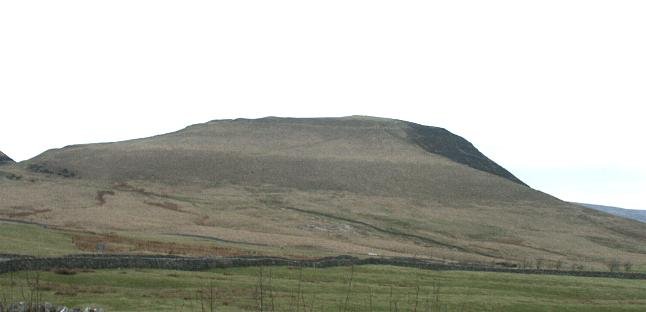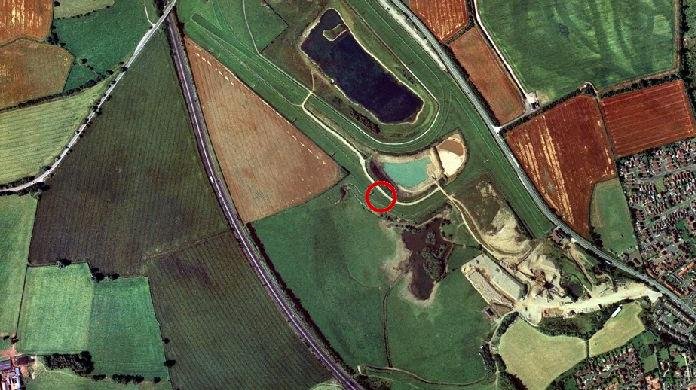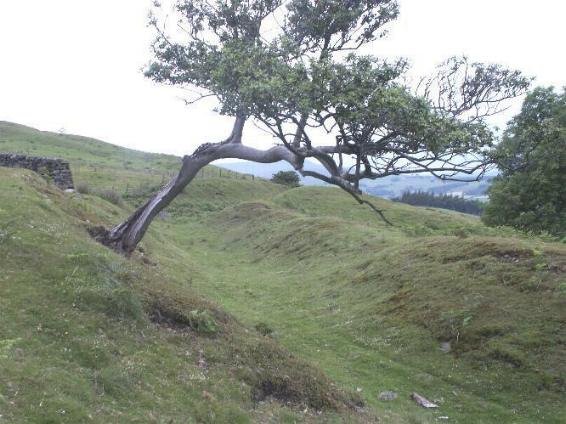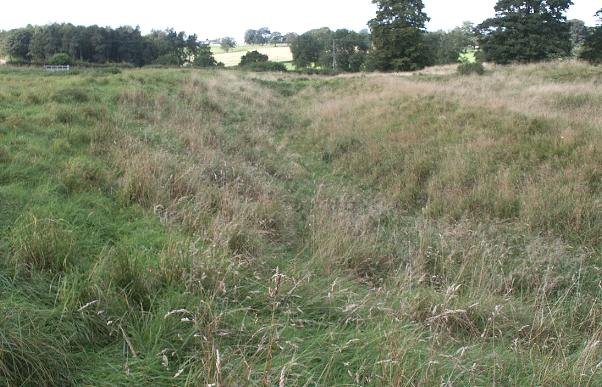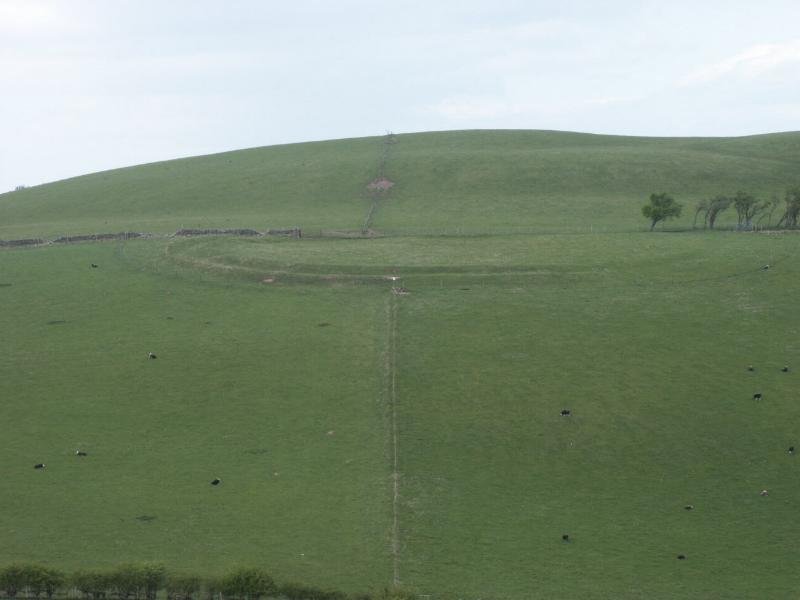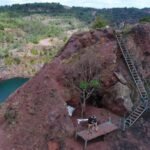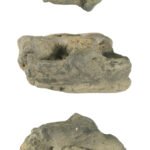The transformation of North Derbyshire from 50AD to the present is a fascinating journey through time, reflecting broader historical shifts in Britain. Initially, during the Roman conquest of Britain, Derbyshire fell under the influence of the Roman Empire, becoming part of the province of Flavia Cæsariensis. The Romans left a lasting legacy, including roads and fortifications that shaped the region's development. After the fall of the Roman Empire, the area saw a period of Saxon influence, which is evident in place names and the establishment of local governance systems.
The medieval era brought significant changes with the rise of the feudal system and the establishment of manorial estates, many of which have left their mark on the landscape in the form of castles and churches. The Industrial Revolution was a turning point for Derbyshire, with the county becoming a hub for innovation, particularly in the textile industry. The construction of the world's first water-powered cotton spinning mill at Cromford by Richard Arkwright marked Derbyshire as a leader in industrial development.
The 19th and 20th centuries saw the expansion of coal mining and the growth of engineering industries, transforming the economy and society of North Derbyshire. The population grew, and urban areas expanded, leading to the development of infrastructure such as railways and public services. However, the latter part of the 20th century witnessed the decline of traditional industries, prompting a shift towards a more diversified economy, including tourism, with the Peak District becoming the first national park in the UK.
Today, North Derbyshire balances its rich heritage with modernity, preserving historical sites like Chatsworth House while fostering contemporary arts, culture, and technology.
Linked Documents
Camp Green (Danes Camp), Hathersage
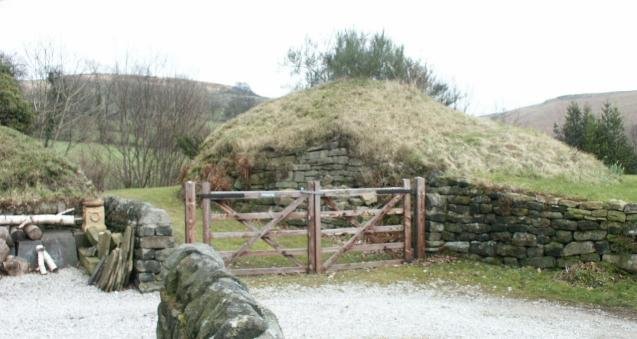
Carl Wark Hill Fort

Castle Naze Hill Fort
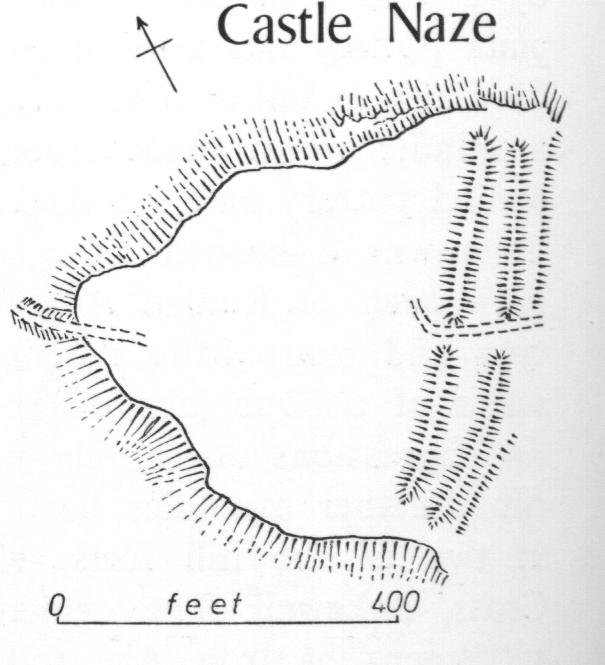
Farley Moor Stone Circle, Derbyshire

Great Roe Wood (Roe Wood) Enclosure – Woodhouse

Mam Tor Hill Fort, Castleton, Derbyshire
